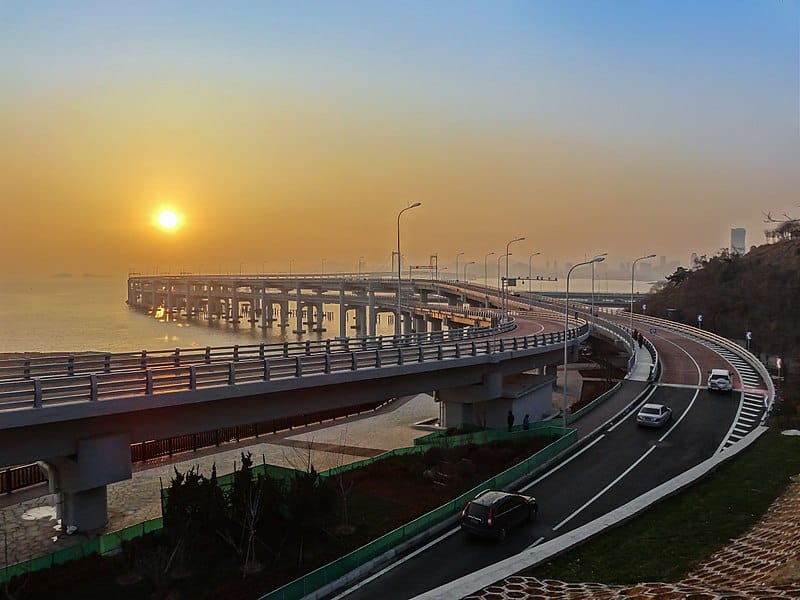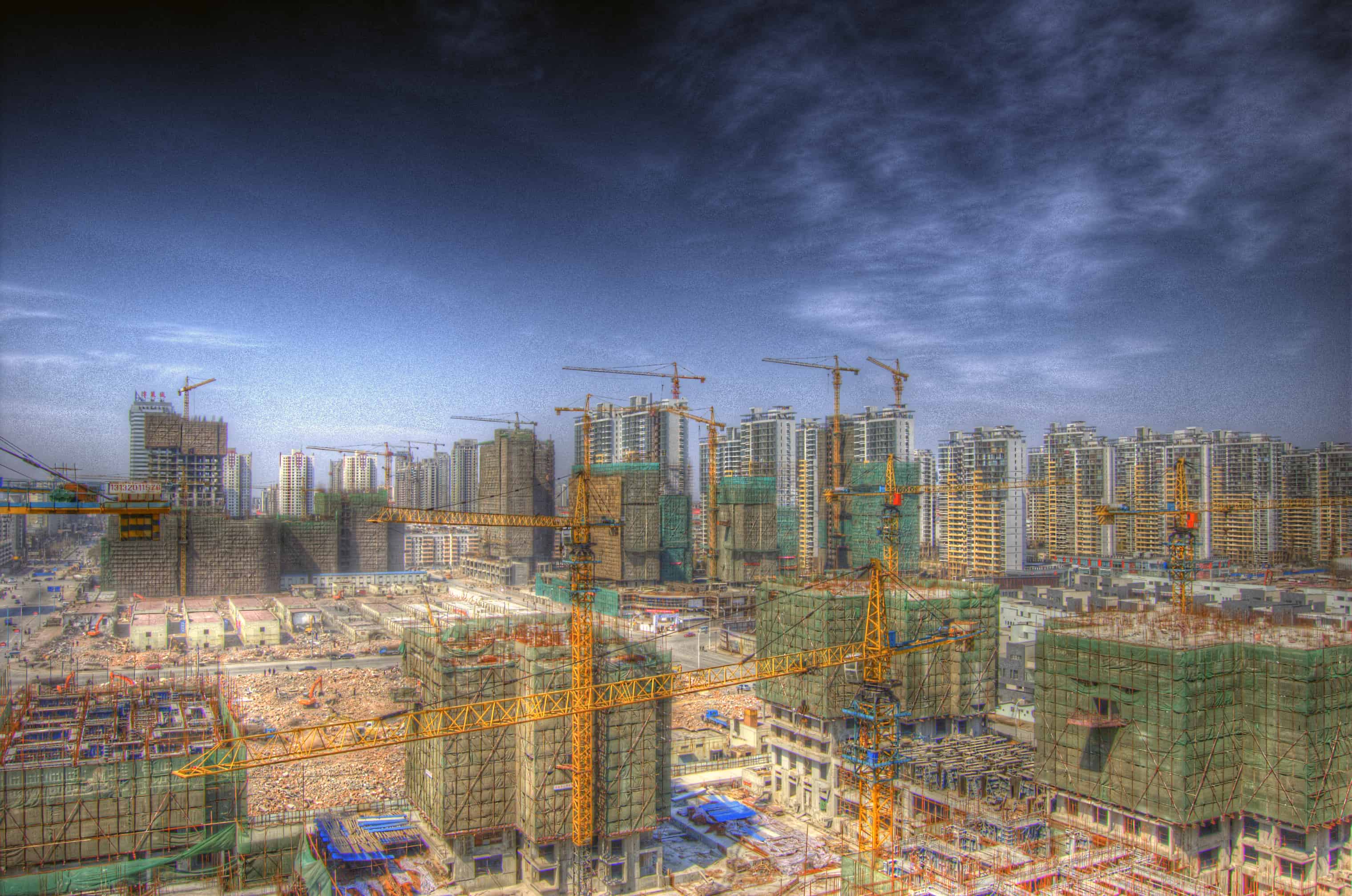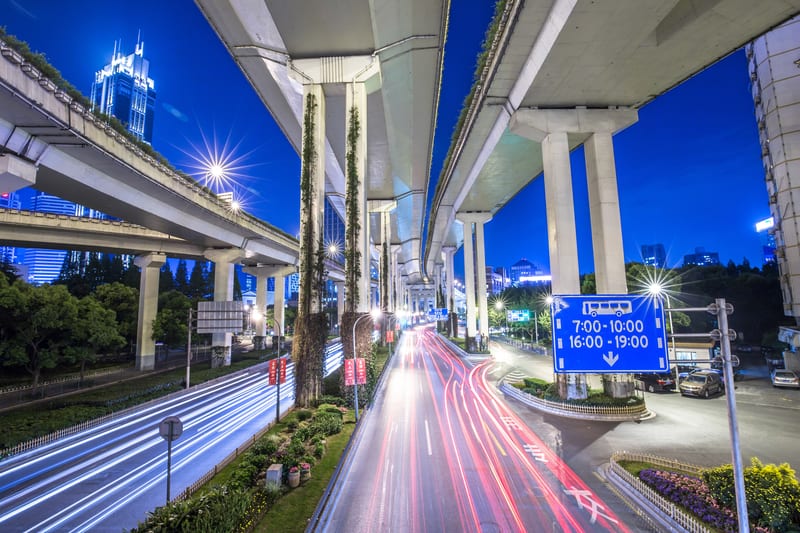The Chinese government’s scrutiny of local government debt and public-private partnerships (PPP) is intensifying, with the launch of new measures to curb hidden debt growth by means of PPP’s.
A source said to Yicai that a notice issued by the finance department of a provincial capital in China has required that medium and long-term spending for PPP be categorised as hidden local government debt.
According to the source the move signals a heightening of local PPP scrutiny amidst broader efforts by the Chinese government to curb hidden debt growth, and a reduction in fee-based PPP’s in future.
The Chinese central government has already launched measures to crackdown on the use of PPP by local governments to covertly raise debt. Disagreement persists, however, over whether medium and long-term government spending responsibilities that are part of PPP should be categorised as hidden debt.
Meng Chun (孟春), a researcher with the macro-economics department of the State Council’s Development Research Centre, said that PPP spending responsibilities differ from government debt and liabilities, and that standard PPP projects do not involve hidden debt.
According to Meng “hidden debt” is usually defined as debt beyond the purview of official budgets that must still be borne by local government, while the spending responsibilities that arise as part of PPP contracts are included within budgetary management and are not “hidden.”
A figure from the Ministry of Finance disagrees with Meng’s opinion, telling Yicai that PPP construction expenditures are in fact a form of hidden government debt.
The “PPP Project Financial Capacity Summary and Analysis Report” (PPP项目财政承受能力汇总分析报告) recently released by MOF conducted an analysis of around 6400 PPP projects in MOF’s project catalogue as of the end of January 2018, worth total investment of around 10 trillion yuan.
According to the report the projects will require annual expenditures as part of standard public budgets of around 9.9 trillion yuan for the period from 2015 to 2045, for per annum expenditures of 319.4 billion yuan.
2921 projects have already kicked off, for total investment of 4.9 trillion yuan, involving spending responsibilities of 4.7 trillion yuan, accounting for 47.5% of the total spending responsibility amount, for per annum spending of 158.1 billion yuan.



